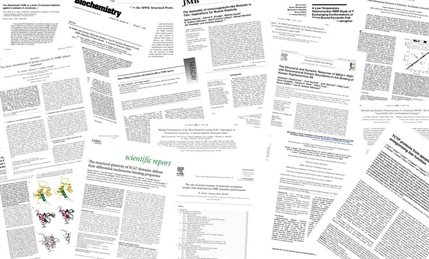Meteorological factors against COVID-19 and the role of human mobility
04 June 2021

By Damette O., Mathonnat C., Goutte S.
Open access article in PLoS ONE 16(6) : e0252405.
https://doi.org/10.1371/journal.pone.0252405
Abstract
In the vein of recent empirical literature, we reassessed the impact of weather factors on Covid-19 daily cases and fatalities in a panel of 37 OECD countries between 1st January and 27th July 2020. We considered five different meteorological factors. For the first time, we used a dynamic panel model and considered two different kinds of channels between climate and Covid-19 virus : direct/physical factors related to the survival and durability dynamics of the virus on surfaces and outdoors and indirect/social factors through human behaviour and individual mobility, such as walking or driving outdoors, to capture the impact of weather on social distancing and, thus, on Covid-19 cases and fatalities. Our work revealed that temperature, humidity and solar radiation, which has been clearly under considered in previous studies, significantly reduce the number of Covid-19 cases and fatalities. Indirect effects through human behaviour, i.e., correlations between temperature (or solar radiation) and human mobility, were significantly positive and should be considered to correctly assess the effects of climatic factors. Increasing temperature, humidity or solar radiation effects were positively correlated with increasing mobility effects on Covid-19 cases and fatalities. The net effect from weather on the Covid-19 outbreak will, thus, be the result of the physical/direct negative effect of temperature or solar radiation and the mobility/indirect positive effect due to the interaction between human mobility and those meterological variables. Reducing direct effects of temperature and solar radiation on Covid-19 cases and fatalities, when they were significant, were partly and slightly compensated for positive indirect effects through human mobility. Suitable control policies should be implemented to control mobility and social distancing even when the weather is favourable to reduce the spread of the Covid-19 virus.
Copyright : © 2021 Damette et al. This is an open access article distributed under the terms of the Creative Commons Attribution License, which permits unrestricted use, distribution, and reproduction in any medium, provided the original author and source are credited.






